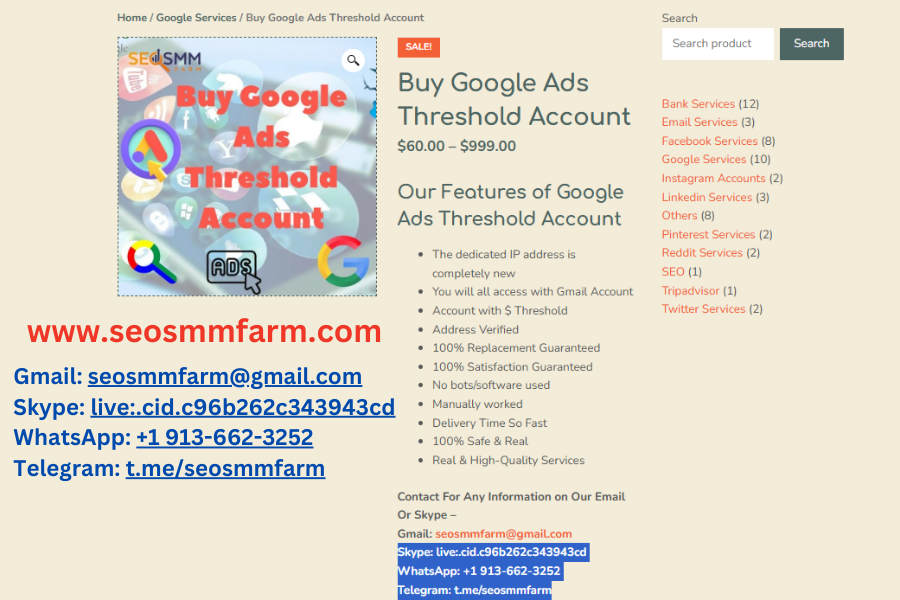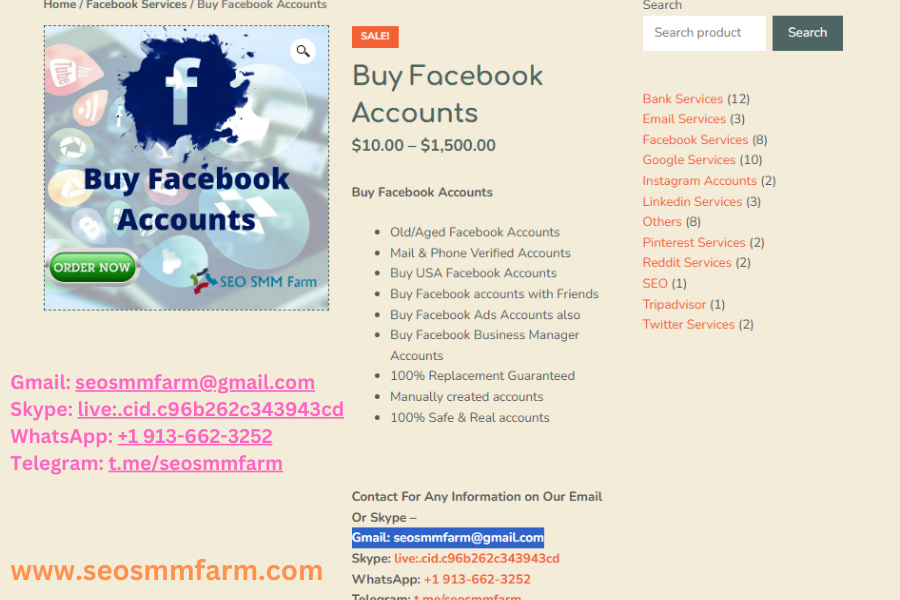Retargeting Ads: What They Are and How to Use Them Effectively

Strong 8k brings an ultra-HD IPTV experience to your living room and your pocket.
In today’s competitive digital landscape, businesses are always looking for ways to reconnect with potential customers who have interacted with their brand but haven't converted yet. Retargeting ads offer a powerful solution to this challenge. By targeting individuals who have previously visited your website or engaged with your content, retargeting ads give you a second chance to capture their attention and drive them toward conversion.
In this article, we’ll explain what retargeting ads are, how they work, and how you can use them effectively to boost conversions and grow your business.
What Are Retargeting Ads?
Retargeting ads, also known as remarketing ads, are a form of online advertising that targets users who have previously interacted with your website, app, or content but did not complete a desired action, such as making a purchase or filling out a contact form. These ads follow users across the web or on social media platforms, reminding them of your brand and encouraging them to return and take the desired action.
How do retargeting ads work?
Tracking User Behavior: When a user visits your website or interacts with your content (e.g., watches a video or clicks on an ad), a small piece of code called a "cookie" is placed on their device. This cookie tracks their behavior and allows you to serve targeted ads to that user as they browse other websites or social media platforms.
Customizing Ad Content: You can create different ads for different segments of users based on their actions. For example, if a user visited a product page but didn’t complete a purchase, you can show them ads for that specific product or offer a discount to incentivize a return visit.
Types of Retargeting Ads
There are several different types of retargeting ads, each designed to reach users at different stages of the buying journey. The most common types include:
Site Retargeting
This is the most common form of retargeting and targets users who have visited your website but didn’t complete a desired action.
Example: A user visits your online store, browses a few products but leaves without making a purchase. You then show them ads for those same products or similar items as they browse other websites.
Search Retargeting
This type of retargeting targets users based on their past search activity. If a user searches for keywords related to your product or service but doesn’t click on your site, you can retarget them with ads for those keywords.
Example: If someone searches for "best running shoes" but doesn’t visit your site, you can target them with ads for your specific shoe brands or discounts.
Social Media Retargeting
Social platforms like Facebook, Instagram, and LinkedIn offer retargeting options that allow you to reach users who have interacted with your brand on their platform, including those who have liked or commented on your posts, watched a video, or visited your business page.
Example: A user watches your product demo video on Instagram but doesn’t buy. You can retarget them with a follow-up ad offering a special promotion.
Email Retargeting
Email retargeting targets individuals based on email engagement. If a user opens your email but doesn’t take action (such as clicking through to your website or making a purchase), you can serve them ads across the web or social media to encourage them to act.
Example: A user opens your promotional email but doesn’t click the link. You can retarget them with display ads reminding them of the offer.
Why Retargeting Ads Work
Retargeting ads are effective for several reasons:
Increased Conversion Rates
Retargeting is powerful because it focuses on people who are already familiar with your brand. Since they’ve already shown interest, they’re more likely to convert when exposed to your ads again.
Studies show that users who are retargeted with display ads are 70% more likely to convert on your website compared to those who have never seen your ads.
Cost-Effective Advertising
Retargeting tends to be more cost-effective than other forms of advertising because you're targeting an audience that has already engaged with your brand. This leads to a higher conversion rate and often lowers the cost per conversion.
Since these users are already aware of your brand, you don’t need to spend as much to convince them, resulting in a higher return on ad spend (ROAS).
Increased Brand Recall and Awareness
Even if users don’t immediately convert, seeing your ads repeatedly can boost brand awareness and keep your business top-of-mind.
Retargeting helps reinforce your brand message and build trust over time, especially for users who are in the consideration phase.
How to Use Retargeting Ads Effectively
To get the most out of retargeting ads, it’s important to implement the right strategies. Here are some best practices to follow:
Segment Your Audience
Not all website visitors are the same, so segmenting your audience based on their behavior will help you tailor your ads more effectively.
Abandoned cart users: These visitors are the most likely to convert. Show them ads featuring the specific products they abandoned in their cart, and offer incentives such as a discount or free shipping to encourage a purchase.
Product page visitors: Show ads for the exact product they viewed or similar items to reignite interest.
High-intent visitors: Users who spent a significant amount of time on your site or viewed multiple pages may be more likely to convert. Offer them personalized ads with special offers or content related to their interest.
Use Dynamic Retargeting
Dynamic retargeting allows you to automatically display personalized ads to users based on their past interactions with your site. This could include showing them the exact products they viewed or products that are similar to what they previously browsed.
This personalized approach helps boost relevancy and increases the likelihood of a conversion.
Create Compelling Ad Creative
Your retargeting ads should be visually appealing and have a clear, persuasive call to action. Make sure your messaging is consistent with the experience users had on your site, so there’s no disconnect.
Use urgency: If appropriate, add urgency to your ads with phrases like "Limited time offer" or "Only a few left in stock" to encourage immediate action.
Optimize for Frequency
Showing the same ad too many times can lead to ad fatigue, where users start ignoring your ads. Balance frequency to ensure your ads stay effective without becoming intrusive.
Most platforms allow you to set a frequency cap, which limits the number of times a user sees your ad within a given time period. Finding the right balance between exposure and annoyance is key.
Test and Optimize
Like any form of advertising, retargeting ads require constant testing and optimization. A/B test different ad copies, visuals, and offers to see what resonates best with your audience.
Regularly analyze your campaign performance and make adjustments as needed to improve click-through rates (CTR), conversion rates, and ROI.
Conclusion
Retargeting ads are a powerful tool in digital marketing that can help you reconnect with potential customers, increase conversions, and drive more revenue. By targeting users who have already engaged with your brand, you can deliver highly relevant ads that are more likely to result in a sale or lead.
To use retargeting ads effectively, it’s essential to segment your audience, create personalized and compelling ads, optimize ad frequency, and continually test and refine your campaigns. When done right, retargeting can be a highly cost-effective way to improve your ROI and maximize the impact of your advertising efforts.
Note: IndiBlogHub features both user-submitted and editorial content. We do not verify third-party contributions. Read our Disclaimer and Privacy Policyfor details.



